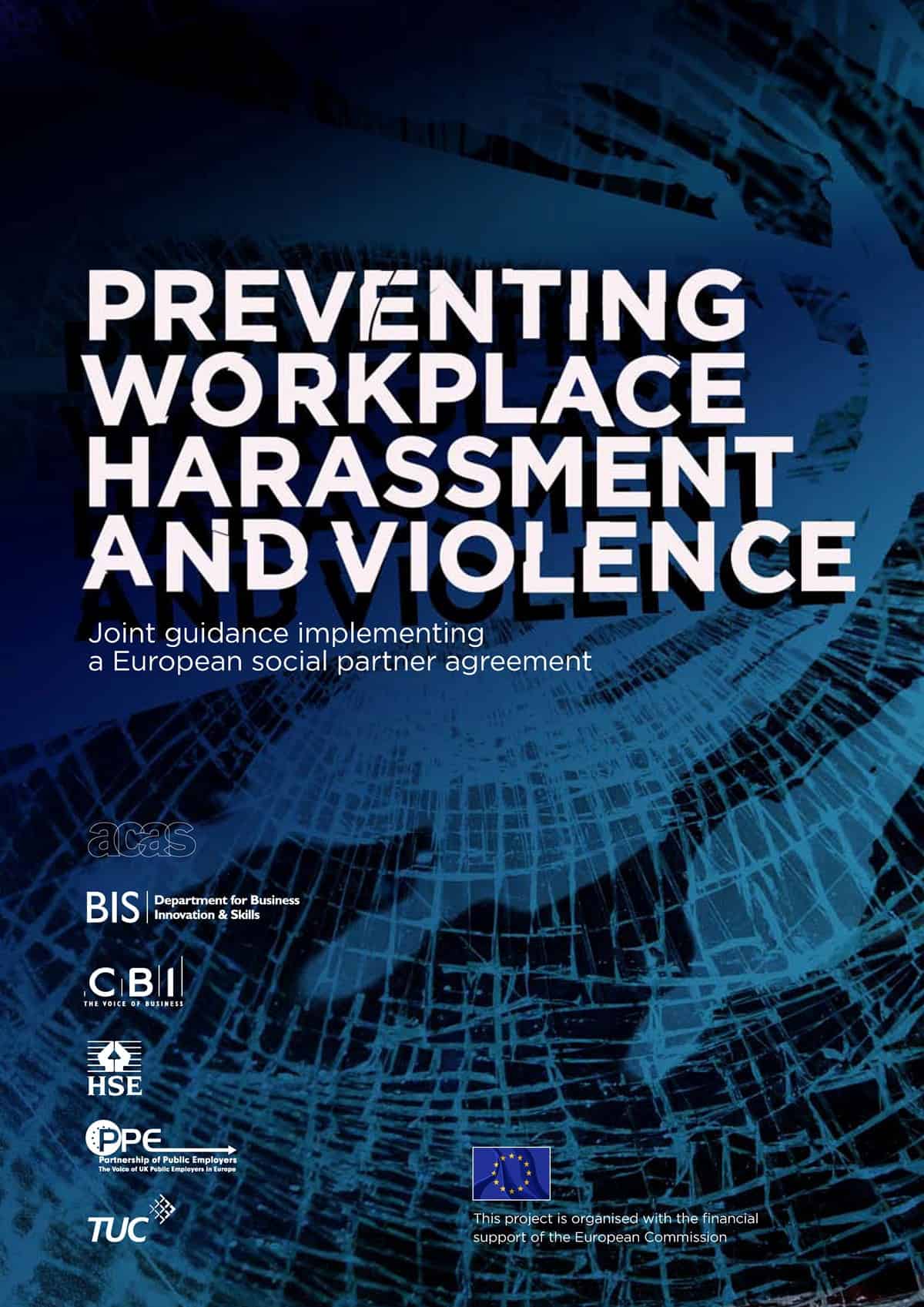Recently a colleague brought a YouTube video on forklift safety to the attention of SafetyAtWorkBlog. The video illustrates the risks associated with jumping from a tilting forklift. By comparing this to a mouse trap, the Washington Department of Labor & Industry (DLI) is illustrating the importance of the safety cage on forklifts and the role of seatbelts. The video is from around 2005 and remains fundamentally sound in its advice.
Seatbelts are a continuously contentious safety advice on forklifts, not because they do not work, but because very few forklift operators use them. Yet the seatbelt restraint is integral to the driver’s safety in a tipping forklift as the video below illustrates.


